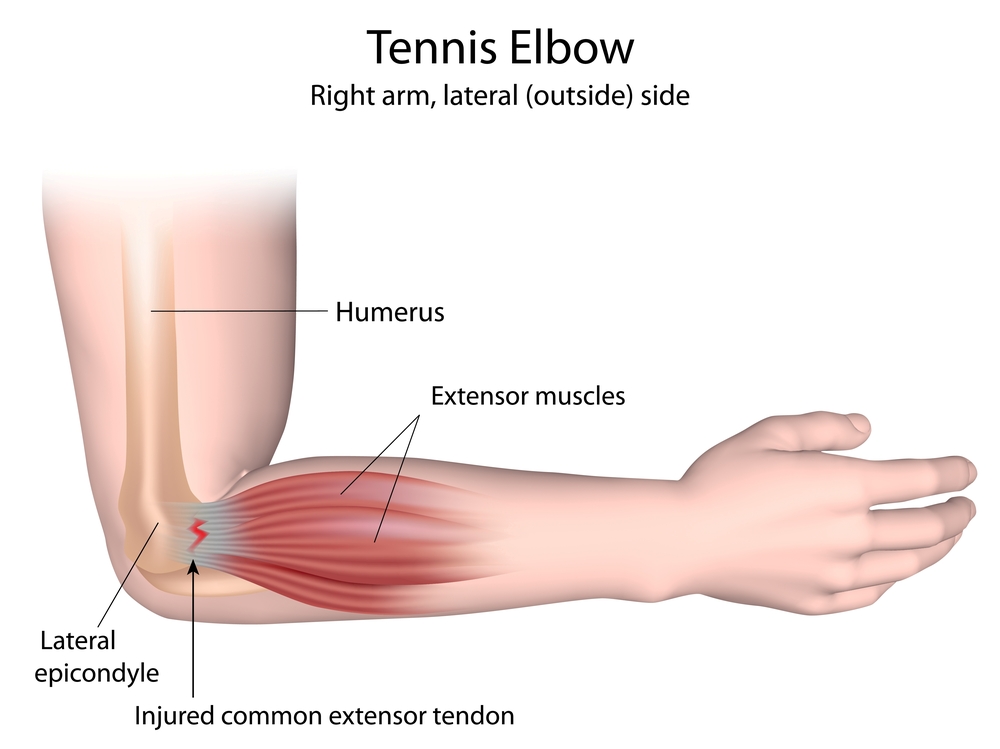Extracorporeal Shockwave Therapy (Eswt) for Tennis Elbow Available
With Chiropractor in Los Gatos, San Jose, SF Bay Area, CA
- No more pain of tennis elbow – ESWT
- Use your arm with power again – ESWT
- No drugs or surgery – just sound waves
Symptoms of Tennis Elbow?
- Pain at the outside of the elbow that can be felt above or below the elbow
- Forearm weakness
- Pain on lifting, gripping, raising hand, opening a door, etc.
- Waking up with pain.
How Do You Get Tennis Elbow?
With the great weather we have in the Bay Area and many available courts in Los Gatos and San Jose, tennis seems like the perfect Silicon Valley sport. However, there should be room for proper coaching. Tennis elbow isn’t just for those with poor backhand mechanics, though. Tennis elbow can affect chefs, computer programmers, carpenters, painters, plumbers, gardeners, mechanics, gamers and anyone who has repetitive motions that put stress on the tendons of the forearm. Wrist extensor muscles and their tendons suffer micro-tears and inflammation. Inflammation heals by creating calcific fibroblasts or scar tissue. Scar tissue decreases blood to the area and alters mechanics, thus, increasing inflammation. This chronic cycle is interrupted by the Piezowave shockwave (ESWT) therapy.
The Treatment For Tennis Elbow?
PIEZOWAVE
With the Piezowave 2 (the brand for the extracorporeal shockwave therapy or ESWT that we use) high energy sound waves are introduced into your elbow’s surrounding tissue. Here normal tissue moves with the sound waves like water that has been displaced by a stone. Scar tissue within the soft tissue is brittle and does not bend like healthy tissue and it breaks on a microscopic level. Blood that was blocked from flowing can then re-enter damaged tissue (re-vascularization) and lead to tissue regeneration [2]. With visits at 1 to 2 times per week, your tennis elbow will be in a healing process that may take 6 to 8 weeks. Some symptoms will be gone sooner and some may take longer. This is a conservative estimate.
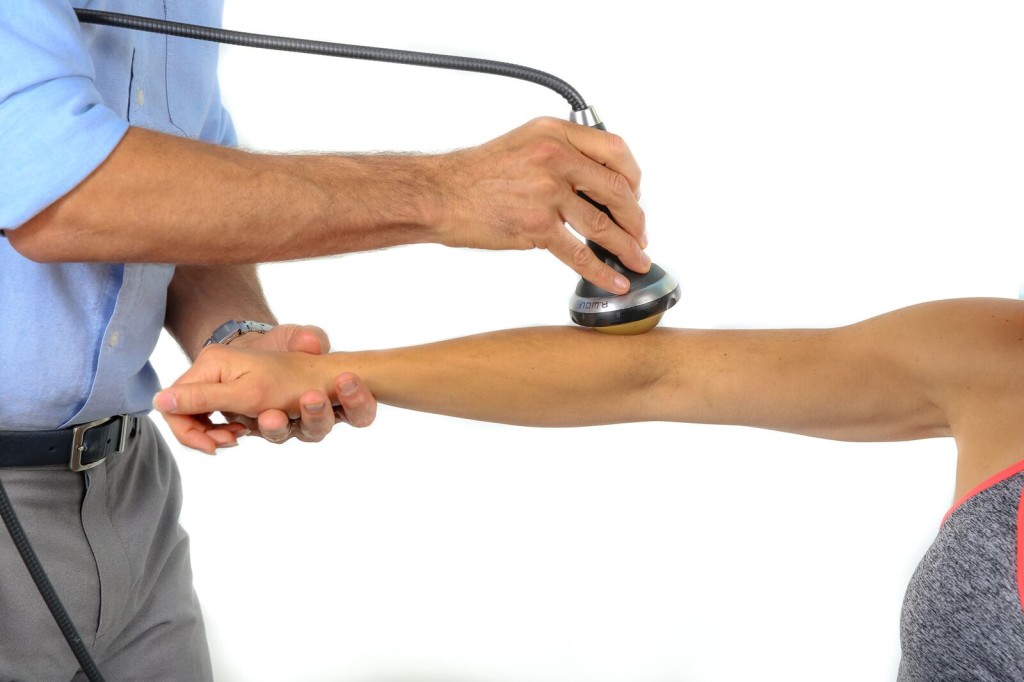
Dr. Fields of San Jose, CA demonstrating the Piezowave 2
Complementary Care for Tennis Elbow
Your shockwave therapy is backed with chiropractic care which has been shown effective for tennis elbow [1]. This includes, but is not limited to, joint mechanics evaluation of your elbow, spinal nerve assessment, specific adjusting, trigger point evaluation and rehab exercise recommendations. Most people who come to us have already been given good physical therapy in the Bay Area. It just wasn’t enough to do the job. The Piezowave is a key ingredient that they were missing and we have this machine in our Los Gatos office.
What Role Do Trigger Points Play?
Trigger points are small muscle spasms within the muscle belly that, when pushed, radiate to another part of the body. In the case of tennis elbow, for instance, the extensor carpi radialis longus muscle is a primary trigger point for tennis elbow. (see below)
Extracorporeal shockwave therapy (ESWT), and more spedifically, the Piezowave 2 because it obtains the acustic waves piezoelectrically, is excellent for trigger point therapy. Backing that up with your own home trigger point work will help ensure a better outcome and prevent further injury. Get a lacrosse ball and do some pressure point work on yourself. If you feel the spot radiate (the pain travels), hold the spot until it dissipates. This should take approximately 60 seconds per tender point. Do this daily while under care. Here are some more ways you can help
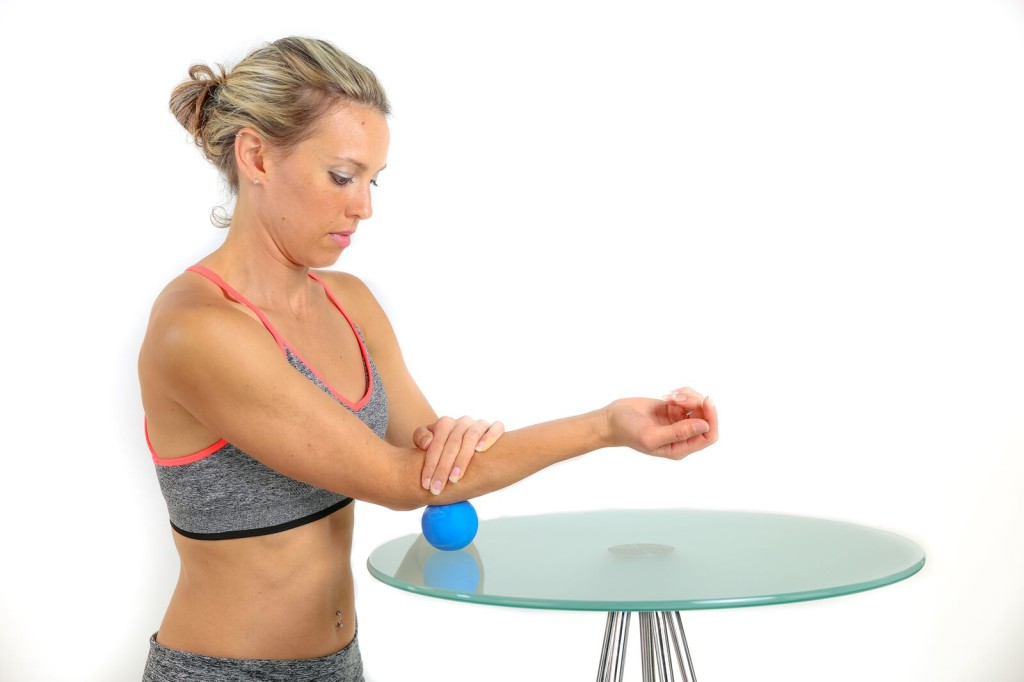
Home muscle work for the extensor carpi radialis longus muscle.
Self Care For Tennis Elbow
- Don’t “burn your arm out”. Take breaks when doing long duration activity.
- Avoid activities, like lifting, that might flare up your symptoms.
- Use tools rather than your hands when possible.
- You may find benefit from a brace but most of our patients go without.
- Get that arm strong! Here are some exercises we have given to our patients who have been evaluated:

Hold for 30 seconds and repeat 3x.
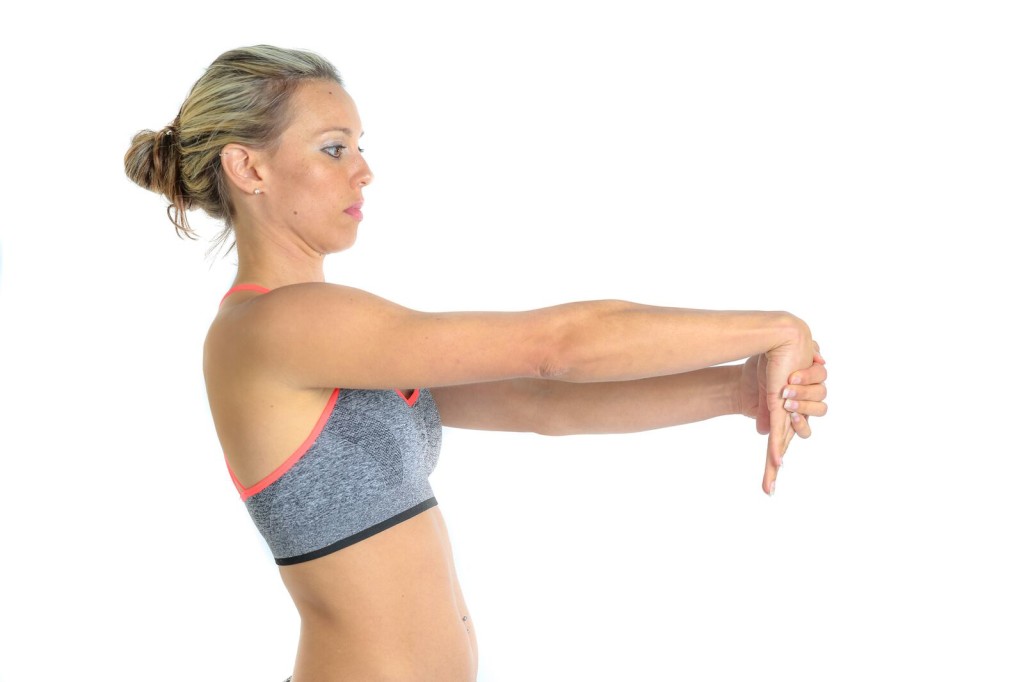
Hold for 30 seconds and repeat 3x.

Pronation of the wrist

Supination of the wrist
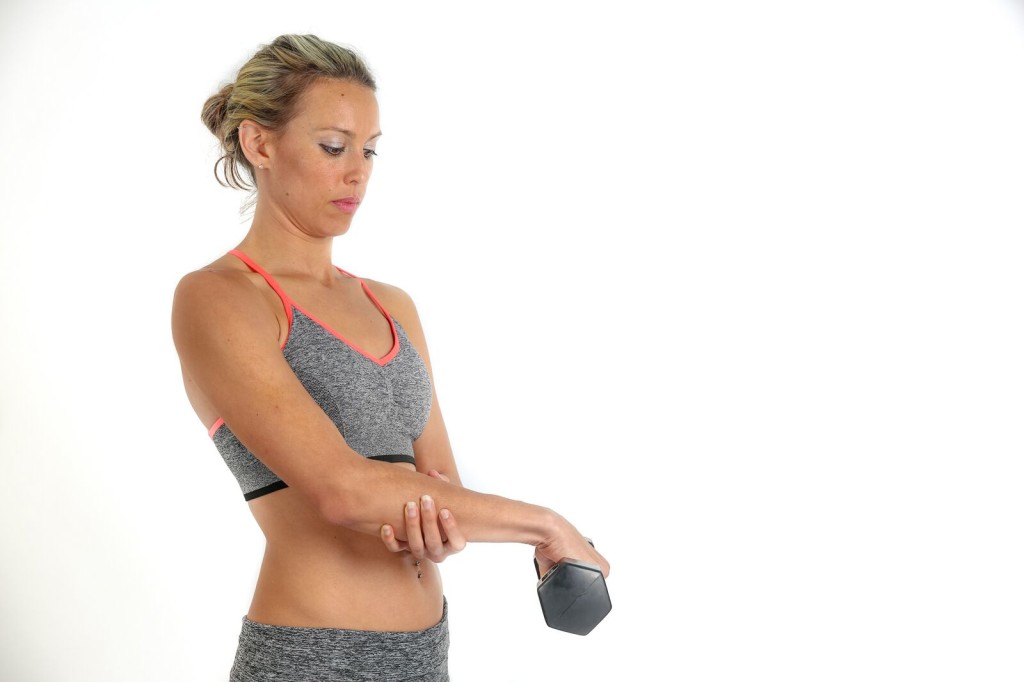
Forearm extensions

Start with 1lb weights
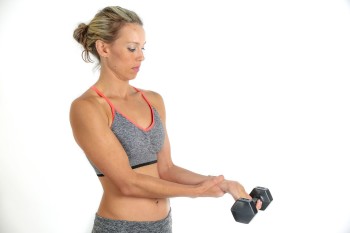
Forearm flexion
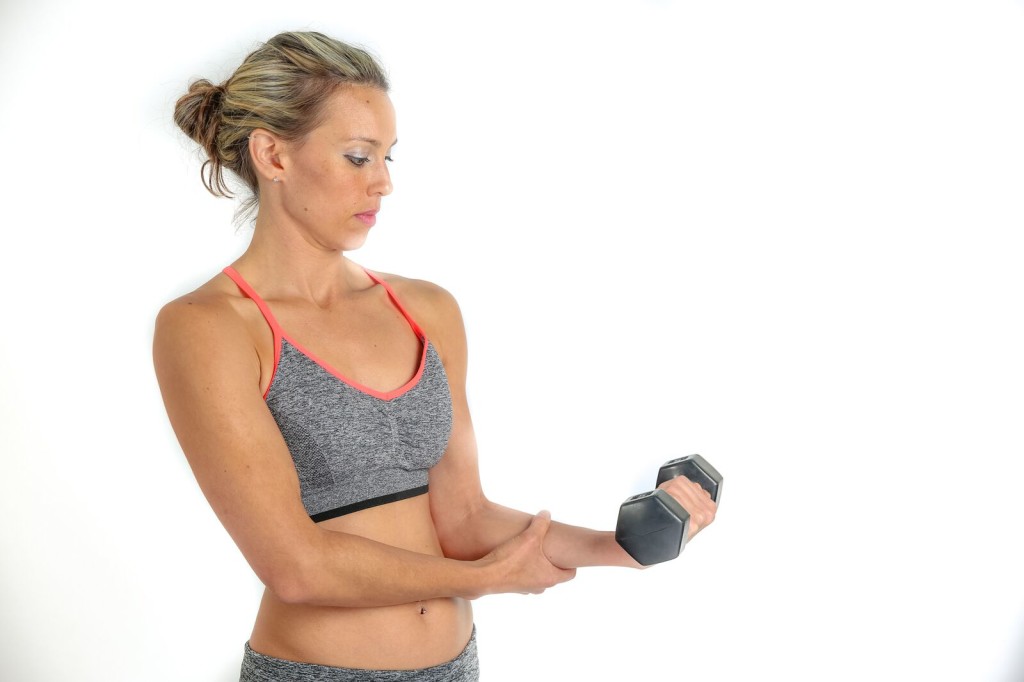
Go light and easy
Tennis Elbow & Shockwave Therapy Research
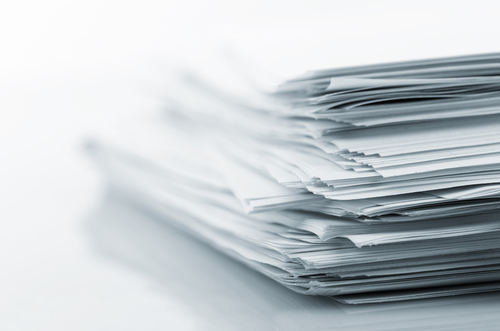
In the Journal of Bone and Joint study the shockwave group had good to excellent result in 48% of the participants and acceptable results in 42%. The control group only had 6% with good or excellent results. These are great results. However, realize that, in this study, the extracorporeal shockwave therapy (ESWT) that was used was a low energy machine. [10]. The Piezowave is a much more advanced technology as it is high energy.
In the American Journal of Sports Medicine study 58 elbows with lateral epicondylitis were treated with extracorporeal shockwave therapy. A year post treatment 61.4% were pain free, 29.5% were significantly better, 6.8% were slightly better and only one participant was unchanged. All patients in the control group were unchanged [11]. Again, this is a 2002 study and the Piezowave is the latest technology.
Some studies show little or no effect from ESWT when it comes to tennis elbow. After reviewing the literature, I have concluded that had they used focused high frequency extracorporeal shockwave therapy with the Piezowave 2 there would have been a built in exclusion criteria. For instance, in the Staples et al study they used ultrasound imaging to guide where to use the shockwave. This is not needed with the Piezowave. You will know on your first visit if there is no scar tissue or trigger points as your body will give you feedback in the form of discomfort or a pulsing sensation as you are receiving the treatment.
Come on in to our Los Gatos facility and let’s see if your body gives us feedback when the Piezowave is applied.
You can reach Dr Adam Fields for in-person (Los Gatos and San Jose, California) or telehealth appointments here.
About Chiropractor Dr Adam Fields
Dr Adam Fields is a practicing chiropractor in the Bay Area in Northern California and helps people daily in his office with many challenges that can be helped by shockwave therapy from tendinopathies, arthritis, cartilage regeneration, post surgical scar tissue, pelvic pain, altered biomechanics and more. He uses Endonasal Cranial Adjusting, the Muncie Technique, Extracorporeal Shockwave Therapy (ESWT), Class IV Laser Therapy, posture correction, lifestyle modification, muscle work, and other techniques to help his patients.
Shockwave Therapy and Tennis Elbow Research
- Kaufman RL.Conservative Chiropractic Care of Lateral Epicondylitis. J Manipulative Physiol Ther. 2000 Nov-Dec;23(9):619-22. Available from https://www.ncbi.nlm.nih.gov/pubmed/11145803
- 1Ludwig Boltzmann Institute for Experimental and Clinical Traumatology, Vienna, Austria. Rainer.Mittermayr@trauma.lbg.ac.at. Extracorporeal shock wave therapy (ESWT) minimizes ischemic tissue necrosis irrespective of application time and promotes tissue revascularization by stimulating angiogenesis.Ann Surg. 2011 May;253(5):1024-32. doi: 10.1097/SLA.0b013e3182121d6e.
- Furia JP: Safety and efficacy of extracorporeal shock wave therapy for chronic lateral epicondylitis. Am J Orthop (Chatham, NJ). 2005, 34 (1): 13-9. discussion 19, 2005 JanGoogle Scholar
- Ko JY, Chen HS, Chen LM: Treatment of lateral epicondylitis of the elbow with shock waves. Clin Orthop. 2001, 387: 60-7.PubMedView ArticleGoogle Scholar
- Ozturan KE, Yucel I, Cakici H, Guven M, Sungur I: Autologous blood and corticosteroid injection and extracoporeal shock wave therapy in the treatment of lateral epicondylitis. Orthopedics. 2010, 33 (2): 84-91. 10.3928/01477447-20100104-09.PubMedView ArticleGoogle Scholar
- Radwan YA, ElSobhi G, Badawy WS, Reda A, Khalid S: Resistant tennis elbow: shock-wave therapy versus percutaneous tenotomy. Int Orthop. 2008, 32 (5): 671-7. 10.1007/s00264-007-0379-9.PubMed CentralPubMedView ArticleGoogle Scholar
- Rompe JD, Decking J, Schoellner C, Theis C: Repetitive low-energy shock wave treatment for chronic lateral epicondylitis in tennis players. Am J Sports Med. 2004, 32 (3): 734-43. 10.1177/0363546503261697.PubMedView ArticleGoogle Scholar
- Rompe JD, Eysel P, Hopf C, Krischek O, Vogel J, Burger R, Jage J, Heine J: [Extracorporeal shockwave therapy in orthopedics. Positive results in tennis elbow and tendinosis calcarea of the shoulder]. Fortschritte der Medizin. 1997, 26 (18): 29-33.Google Scholar
- Spacca G, Necozione S, Cacchio A: Radial shock wave therapy for lateral epicondylitis: a prospective randomised controlled single-blind study. Europa Medicophysica. 2005, 41 (1): 17-25.PubMedGoogle Scholar
- Rompe JD, Hope C, Kullmer K, Heine J, Burger R: Analgesic effect of extracorporeal shock-wave therapy on chronic tennis elbow. J Bone Joint Surg Br. 1996, 78 (2): 233-7.PubMedGoogle Scholar
- Wang CJ, Chen HS: Shock wave therapy for patients with lateral epicondylitis of the elbow: a one- to two-year follow-up study. Am J Sports Med. 2002, 30 (3): 422-5.PubMedGoogle Scholar
- Staples MP, Forbes A, Ptasznik R, Gordon J, Buchbinder R: A randomized controlled trial of extracorporeal shock wave therapy for lateral epicondylitis (tennis elbow). J Rheuma. 2008, 35 (10): 2038-46.Google Scholar
